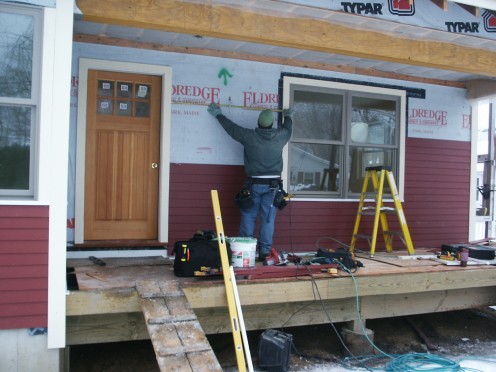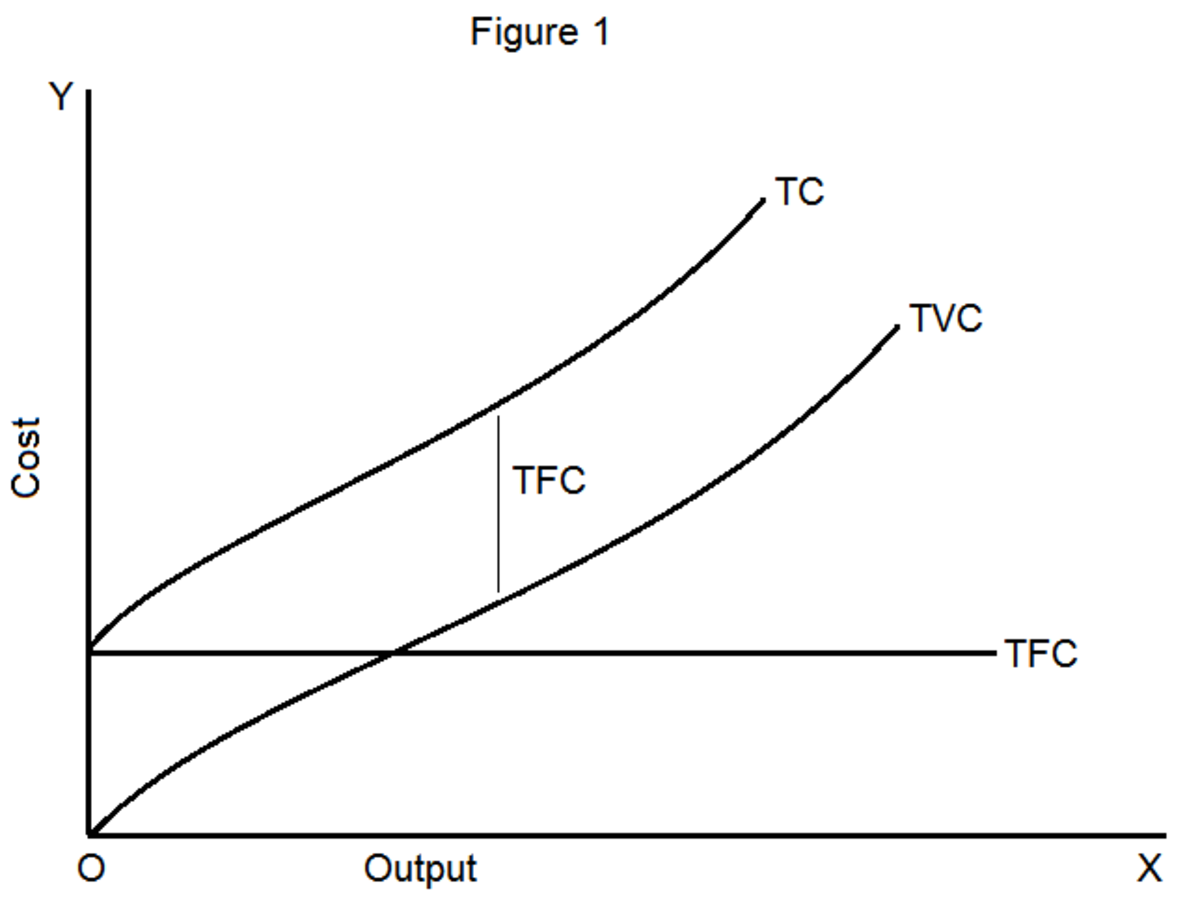How to Price a Home Construction Project

Home Project Pricing: What Method?
by George Bogosian
Will a "Fixed Price" or "Time and Materials", i.e. "Cost-Plus" be the best way to price your project?
Pricing a project is no easy task for anyone. There are no precise rules of the road when it comes to navigating through the pricing of your project. The old standard method of a builder giving a fixed price has been mostly lost in the complexity of construction, building code requirements (different for each town) and our inability to make all decisions before construction begins. Most construction projects don't come with complete detailed plans that a builder can use of estimating and pricing. So what is a person to do with all this mess?
Let's first take the fixed price method. Fixed price bidding still exists and projects being "put out to bid" are still a favorite among Architects and Building Designers. This method is usually used to weed out builders that have priced a project too high, but the low bidder doesn't always get the project. If the bid is well below the other bids there is fear that something has been left out of the bid and that the builder did not do his homework on the pricing. Once the builder has been selected, there may then be negotiations on the pricing and a more flexible method of pricing may be established. Negotiating is always allowed!
The problem a builder faces with a fixed price is the difficulty in knowing all the exact details of the construction. Labor time is always difficult to estimate. Each project has its own specific costs unique unto itself. A builder is being asked to price out a prototype. Ask our government how that's working out for them! (my bais is now revealed) Once a cost is established by the builder, a markup of 10-25% above a builder's cost is added depending on the builders specific requirements for overhead and profit.
The change order can be a builder's and a customer's best friend or a nightmare.
Change orders generally add costs to a project and they can destroy a fixed price bid. They are also a perfectly good method for keeping track of changes and their related costs and how they affect the overall cost of a project. They are meant to be an ongoing process of cost changes as construction is taking place. It allows everyone to know the exact pricing of the project from change to change. When a change order is used to detail a reduction in project that associated cost is subtracted from the overall project cost.
Some people are more comfortable with a fixed price because it is a known factor even if it is higher. Some comfort can be taken here even with the higher cost. Our different personalities play a role in this decision.
If you go with a low bid pricing be sure that the builder has included all items in the project and not left something out. Most builders are making a living in this business and not getting rich. Developers make money, but that's another story. Most builders will not be able to carry large "forgotten" costs in a project and problems could easily occur. Establish an honest rapport with the builder. I promised (to myself) I would never use the "win - win" phrase in writing, but being thorough with details with your builder will alleviate potential problems.
Three bids are standard in this method. If more bids than that are requested and builders find out (and they will), they may decide not to spend the time pricing a project because they see that the only criteria appears to be a low bid. Accurate pricing of a house project will take days, depending on the complexity.
"Cost-Plus" or "Time and Materials" is often used in construction. They mean the same. You need to know how that pricing is established.
And it may be different with each builder. You need to ask for the details of their method of pricing. How are the costs being shown? A copy of receipts is a good method to verify costs. Is the builder adding a percentage to these costs and what is that percentage? Usually 10-20% of the builder's cost is a standard markup. What is the hourly rate per worker and are the rates different per worker? Is there a foreman and what is his or her rate, and are they a "working" foreman, or a supervisor/coordinator? Is any percentage being added to those rates? Are there additional fees added to cover overhead and profit? The devil can be in the details, so get all the information to understand the pricing method.
With a "cost-plus" or "time and materials" method there is often a "not to exceed" price on the project. Not a bad idea to request. This gives you some protection from possible runaway costs. There needs to be a level of trust with this method of pricing because slow building progress will not be keeping your costs down. Most builders cannot afford to lose money on a project and making a percentage over the projects cost is safe for them and you are not being gouged on the pricing. Many builders are satisfied with less money and not risk losing money on the project. And some are not!
Regardless of the method of pricing a contract/agreement is needed so all parties understand their responsibilities.
A contract/agreement is only as good as the people standing behind it, but it keeps everyone on notice as to the scope and details of the project. It's a reminder of everyone's responsibility. Be sure the method of determining the cost of the project and when and how payment is to be made to the builder is clearly spelled out. Be sure the finances are transparent throughout the project so all parties can evaluate the ongoing costs. Clarity at the beginning will go a long way towards a successful project at the end. A reliable competent builder or contractor is required.
Venture forth, Grasshopper, and begin your project!

This content reflects the personal opinions of the author. It is accurate and true to the best of the author’s knowledge and should not be substituted for impartial fact or advice in legal, political, or personal matters.
© 2010 George Bogosian








